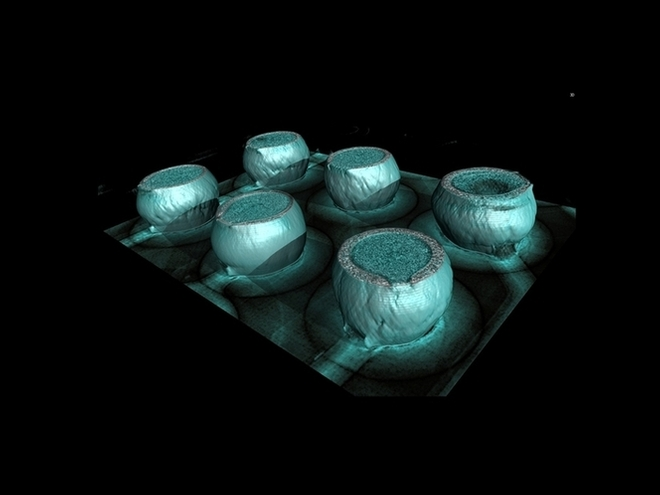Identification and Solution of Hidden Problems in the Die Casting Industry
Release time:2024-03-08Publisher:Jeenoce
Die casting is one of the most commonly used special casting methods and is currently the most efficient among all casting methods.
With the development of technology and changes in end market demand, die-casting equipment and processes are gradually moving towards automation, intelligence, and integration. The requirements for size and surface quality of die-casting products are becoming increasingly high.
However, in actual die-casting production, the phenomenon of waste and defective products caused by die-casting defects is not uncommon. The scrap rate of ordinary cast iron parts is about 7%, high-end and complex parts are about 10% -15%, and aluminum alloy die castings are about 8% -10%. [1]
The trend of integrated die-casting has made the production process and process parameters more complex, which has put forward higher requirements for product quality control. How to efficiently manage and inspect the quality of products has always been a hidden problem faced by die-casting workers.

Key points of quality control in die casting
According to relevant data, the qualification rate of die-casting parts is generally between 70% and 90%, and there is almost no profit below 85%. [2] The importance of ensuring the quality of die-casting parts is evident.
1. Defect control: There are various manifestations of die-casting defects, and according to relevant statistics, porosity, cracks, and shrinkage are the main defects that cause die-casting scrap
2. Size control: Die cast products require high dimensional accuracy, but due to factors such as thermal expansion and contraction of materials and wear of molds, product dimensions are prone to change.
3. Surface quality control: Due to the wear of molds and the use of lubricants, product surfaces are prone to defects and unevenness, which directly affects the appearance and corrosion resistance of the product.
The automotive industry is the largest end user of castings and also the main service target of the casting industry. Automotive castings account for about 20% of the weight of the car itself, and their main characteristics are thin wall thickness, complex shape, high dimensional accuracy, light weight, good reliability, and large production batches. Therefore, the quality control plan for automotive castings can provide a highly valuable reference template for the quality control of casting products in other terminal applications.
For example, for the threaded area, bearing area, spark plug area, and cooling channel of the engine cylinder block, X-ray inspection can effortlessly obtain structural data and defect conditions, and reveal the differences between the finished product and the design through 3D reconstruction, thereby indicating the direction of improvement.
Based on the characteristics of the sample and testing requirements, setting CT scanning parameters such as X-ray energy, scanning speed, and angle can obtain images of different cross-sections and perform refined defect analysis.
Check the welding quality of the oil distribution pipe, such as welding size and strength, welding sealing (porosity, cracks, unevenness), etc.
Assist in fault analysis by identifying internal defects in battery valves and electronic brakes.
At present, several leading enterprises in the die-casting industry have contacted Lima to introduce CT series quality control solutions and jointly build a future of high-quality development.

